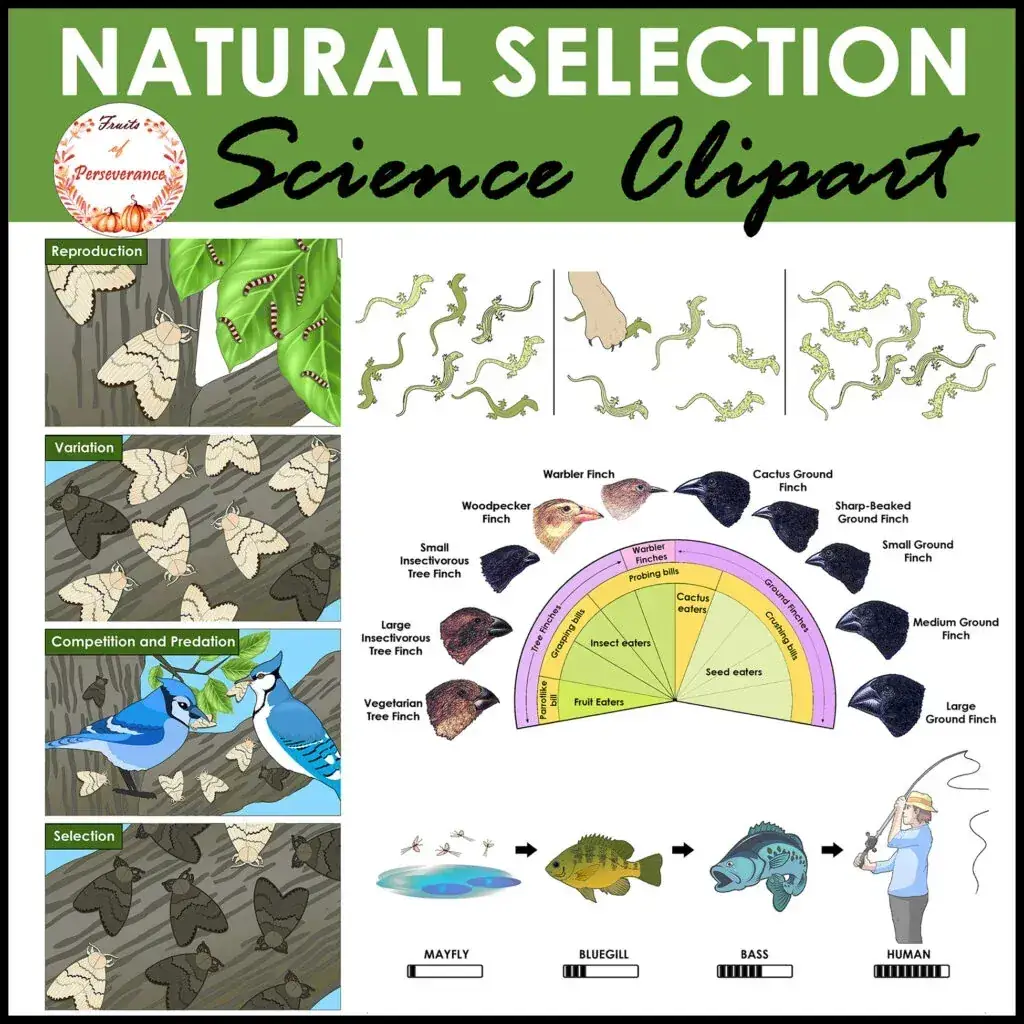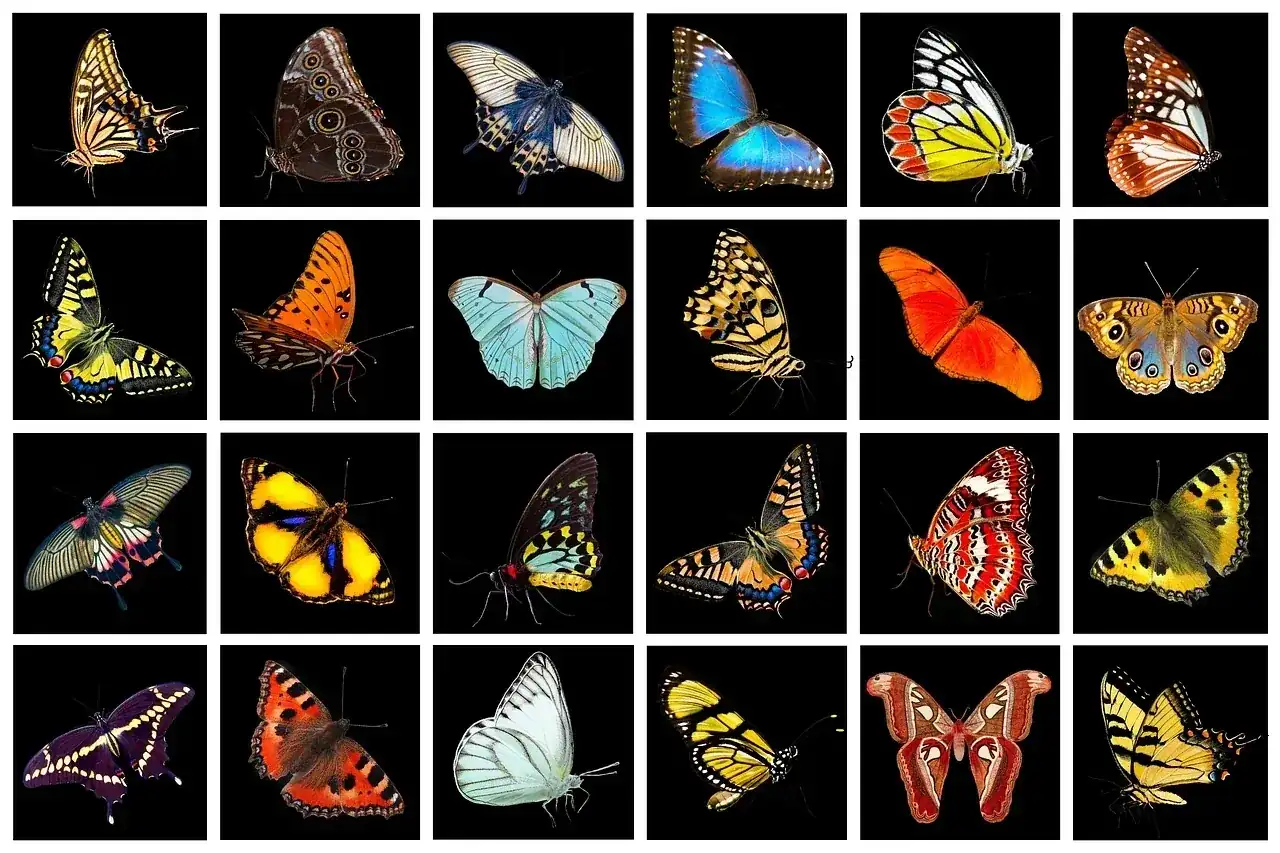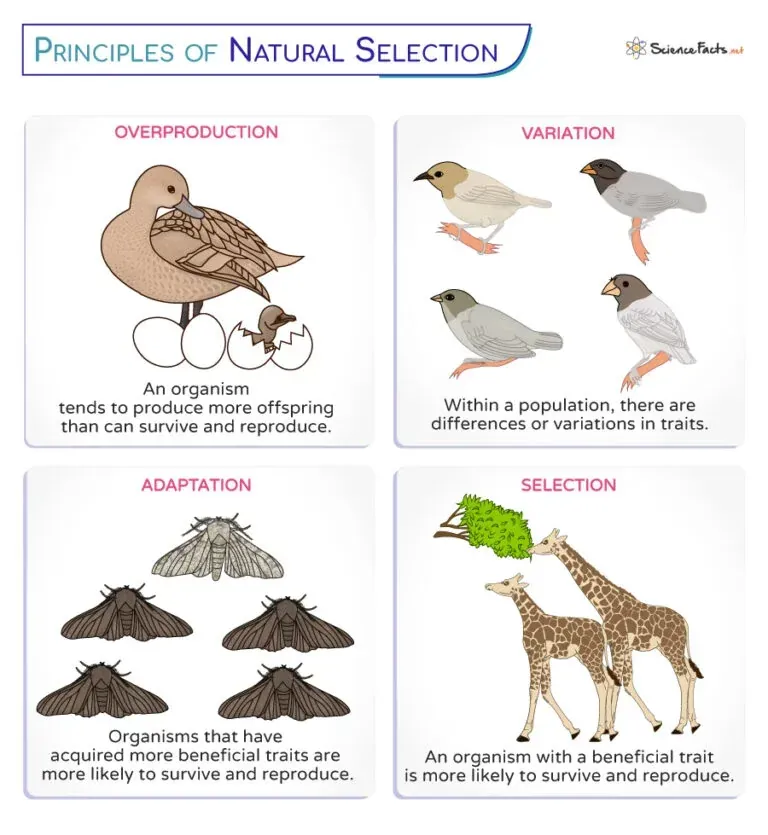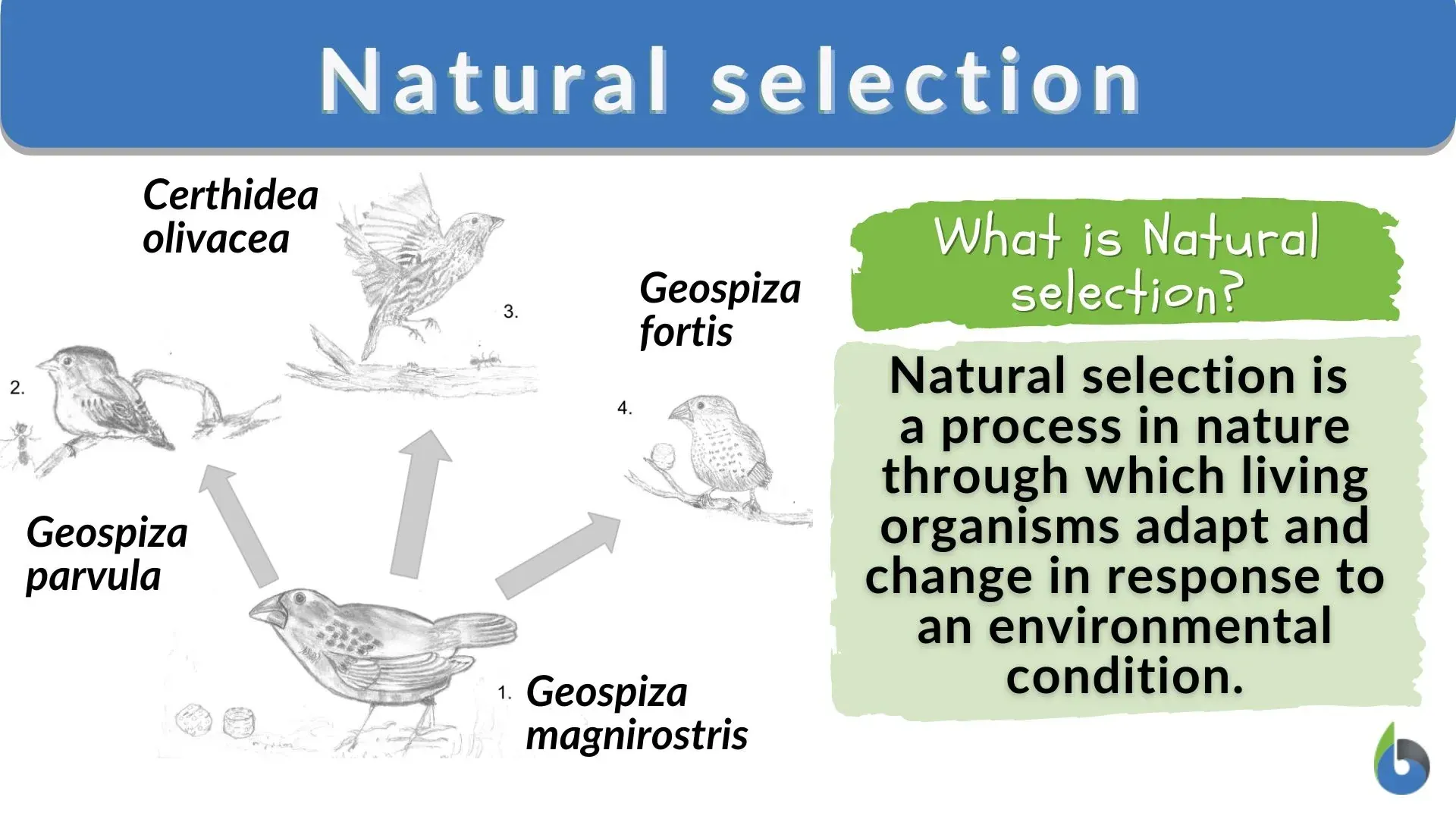The Evolution of Living Things

The grand story of evolution and natural selection
Evolution is the grand story of life on Earth—a tale that stretches back billions of years and continues to unfold every day. It is the process by which living organisms change and diversify over time, shaped by the forces of nature, chance, and adaptation. From the tiniest microbe to the tallest tree, from the first fish to the rise of humankind, evolution explains how all living things are connected in a vast, branching tree of life. Understanding evolution not only helps us appreciate the beauty and complexity of nature, but also reveals our own place in the universe.
How Did Life Begin?
The origin of life is one of the greatest mysteries in science. Most scientists believe that life began in the ancient oceans of Earth more than 3.5 billion years ago . The early Earth was a harsh and volatile place, with volcanic eruptions, lightning storms, and a toxic atmosphere. Yet, in this environment, simple molecules combined to form the first living cells.

Different Species of Butterflies
Life's beginnings are rooted in chemistry. Early Earth's oceans were a primordial soup of molecules. Energy from lightning, volcanic activity, and sunlight drove chemical reactions that formed amino acids, nucleotides, and simple lipids. These building blocks assembled into protocells—membrane-bound bubbles capable of growth and division. The first self-replicating molecules, likely RNA, set the stage for biological evolution. Over millions of years, these protocells evolved into the first true cells, giving rise to the domains of Bacteria and Archaea .
The first life forms were likely very simple—just tiny bubbles of fat and protein that could copy themselves. But even these simple organisms were subject to the forces of evolution. Some were better at surviving and reproducing than others, and over time, the successful traits were passed on to future generations. This process, known as natural selection , is the engine that drives evolution.
The Origin of Species
As life continued to evolve, new and more complex forms appeared. The concept of a " species " refers to a group of organisms that can interbreed and produce fertile offspring. But how do new species arise? The answer lies in the gradual accumulation of changes over time. When populations of a species become separated—by mountains, rivers, or even just distance—they begin to evolve independently. Over many generations, these populations can become so different that they can no longer interbreed. This process, called speciation , is how the incredible diversity of life on Earth has come to be.
Speciation can happen in many ways:
- Geographic isolation - Mountains, rivers, or distance separate populations
- Island colonization - Small groups adapt to unique island conditions
- Climate changes - Environmental shifts split populations
- Behavioral changes - Different mating preferences or feeding habits
The famous finches of the Galápagos Islands , studied by Charles Darwin, are a classic example of how speciation works in nature.
Key Milestones in Evolution
The history of life on Earth is marked by a series of extraordinary milestones—moments when evolution took a dramatic leap forward. Here are some of the most important:
- The appearance of multicellular organisms (1.5 billion years ago): Single-celled organisms began to cooperate, forming colonies that eventually became true multicellular life. This allowed for the development of specialized cells and complex body structures.
- The Cambrian Explosion (541 million years ago): Life underwent a burst of diversification. In a relatively short period, most of the major animal groups appeared, including ancestors of insects, mollusks, and vertebrates.
- The colonization of land (500 million years ago): Plants and fungi began to colonize the land, followed by arthropods and, later, vertebrates. This transformed the planet's landscapes and set the stage for the evolution of forests, deserts, and grasslands.
- The rise and fall of dinosaurs (245-66 million years ago): Dinosaurs ruled the Earth for over 160 million years, evolving into a dazzling array of shapes and sizes. Their sudden extinction, likely caused by an asteroid impact, paved the way for mammals to flourish.
- The emergence of mammals and humans: After the dinosaurs disappeared, mammals diversified rapidly. Some returned to the sea (like whales), others took to the air (like bats), and one lineage eventually gave rise to primates and, much later, to humans.
Natural Selection: The Engine of Evolution
Charles Darwin introduced the concept of natural selection, where organisms better adapted to their environment are more likely to survive and reproduce. This process drives evolution and leads to the development of new species. Natural selection acts on variations within populations, favoring traits that improve survival and reproduction.

The Four Principles of Natural Selection
The four key principles of natural selection are:
- Variation - Individuals in a population differ from one another
- Inheritance - Traits are passed from parents to offspring
- Selection - Some individuals survive and reproduce better than others
- Time - Evolution occurs over many generations
Adaptation and Survival
Adaptations are characteristics that help organisms survive in their environments. These can include physical traits, like the long neck of a giraffe, or behaviors, like birds migrating to warmer climates. Over generations, beneficial adaptations become more common in a population.

Natural Selection Definition and Examples
Adaptation is a continuous process, and the diversity of adaptations in nature is staggering:
- Physical adaptations: Cacti have thick stems and spines to conserve water in deserts, while polar bears have dense fur and fat layers for Arctic insulation
- Behavioral adaptations: Migration, hibernation, and tool use demonstrate evolutionary ingenuity
- Molecular adaptations: Enzymes that function in extreme temperatures or toxins that deter predators
- Physiological adaptations: Some fish can survive in both salt and fresh water, and certain frogs can freeze solid in winter and thaw in spring
Evolution Never Stops
Evolution is not a thing of the past—it continues today. We can observe it in action in bacteria developing antibiotic resistance, in insects adapting to pesticides, and in animals adjusting to climate change. Human activities, from urbanization to agriculture, create new selective pressures that drive evolutionary change. Understanding evolution helps us predict and manage these changes, from developing new medical treatments to conserving endangered species.
The story of evolution is ultimately the story of life itself—a narrative of resilience, creativity, and endless possibility. Every living thing on Earth, from the smallest bacterium to the largest whale, carries within it the history of billions of years of evolution. By studying evolution, we gain not only scientific knowledge but also a deeper appreciation for the interconnectedness of all life and our responsibility to protect the natural world for future generations.